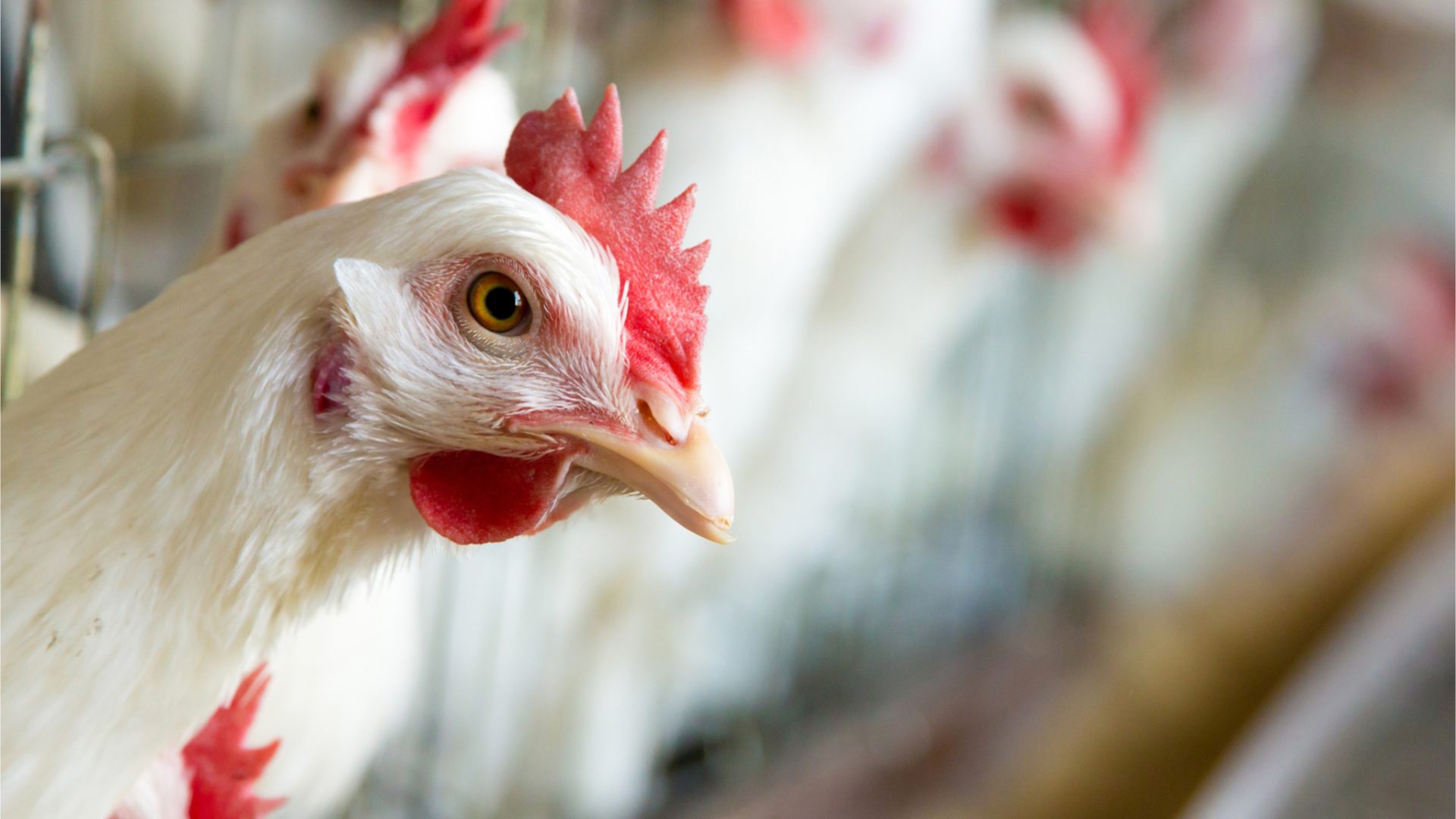A new study has shown that feed and water additives can play a major role in reducing Campylobacter in free-range broiler chickens, offering a practical solution to improve food safety while protecting bird health. The findings are particularly important because Campylobacter remains one of the most common causes of foodborne illness in humans, often linked to poultry products. By cutting down bacterial levels in chickens before they reach consumers, the risk of infections can be significantly lowered.
The research was conducted on a commercial free-range farm rather than in a controlled laboratory setting. This gave the trials more practical value because the birds were raised under conditions similar to those experienced by everyday farmers. The standout result came from the use of biochar, a material created through the pyrolysis of organic waste such as wood. Birds that consumed biochar showed an 80 percent reduction in Campylobacter in their intestines. This result is remarkable not only for its effectiveness but also for its environmental benefits, as biochar supports carbon reduction efforts and contributes to more sustainable farming systems.
Another additive tested was organic acids provided in the chickens’ drinking water. When given to the birds around day 36 of their rearing cycle, the acids reduced Campylobacter counts by about 76 percent. However, this effect did not last until slaughter, as bacterial levels rose again three weeks later. This suggests that while organic acids can be helpful, the timing and frequency of their use must be carefully considered to ensure consistent protection. The short-term reduction indicates potential, but further studies are needed to refine how best to apply this method.
The significance of these findings is even greater for free-range and organic poultry systems, which face higher risks of bacterial contamination. Because these birds are allowed outdoor access, they are more exposed to environmental sources of Campylobacter. Traditional control methods are less effective in these conditions, making the development of new tools essential. Biochar appears to meet this need perfectly, as it complies with organic standards and provides a natural, chemical-free way to limit harmful bacteria. Importantly, the study reported no negative effects on the health or welfare of the chickens, making it a safe and viable option for farmers.
The public health implications of this research are clear. Campylobacter colonizes the intestines of chickens without causing illness in the birds, but once contaminated meat reaches kitchens, the bacteria can easily infect humans through undercooking or poor handling. In many countries, thousands of infections are reported each year, though the actual numbers are likely much higher due to unreported cases. Reducing bacterial loads at the farm level is therefore a vital step in preventing human disease and easing the burden on healthcare systems.
Researchers plan to continue exploring the use of feed additives such as biochar and organic acids, focusing on how they influence the chicken gut microbiome and identifying the mechanisms behind their antibacterial action. Future studies may also investigate whether these approaches can be extended to conventional poultry farming and even to other types of livestock. If successful, such innovations could become key tools in creating safer, more sustainable poultry production systems while giving consumers greater confidence in the food they eat.



